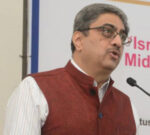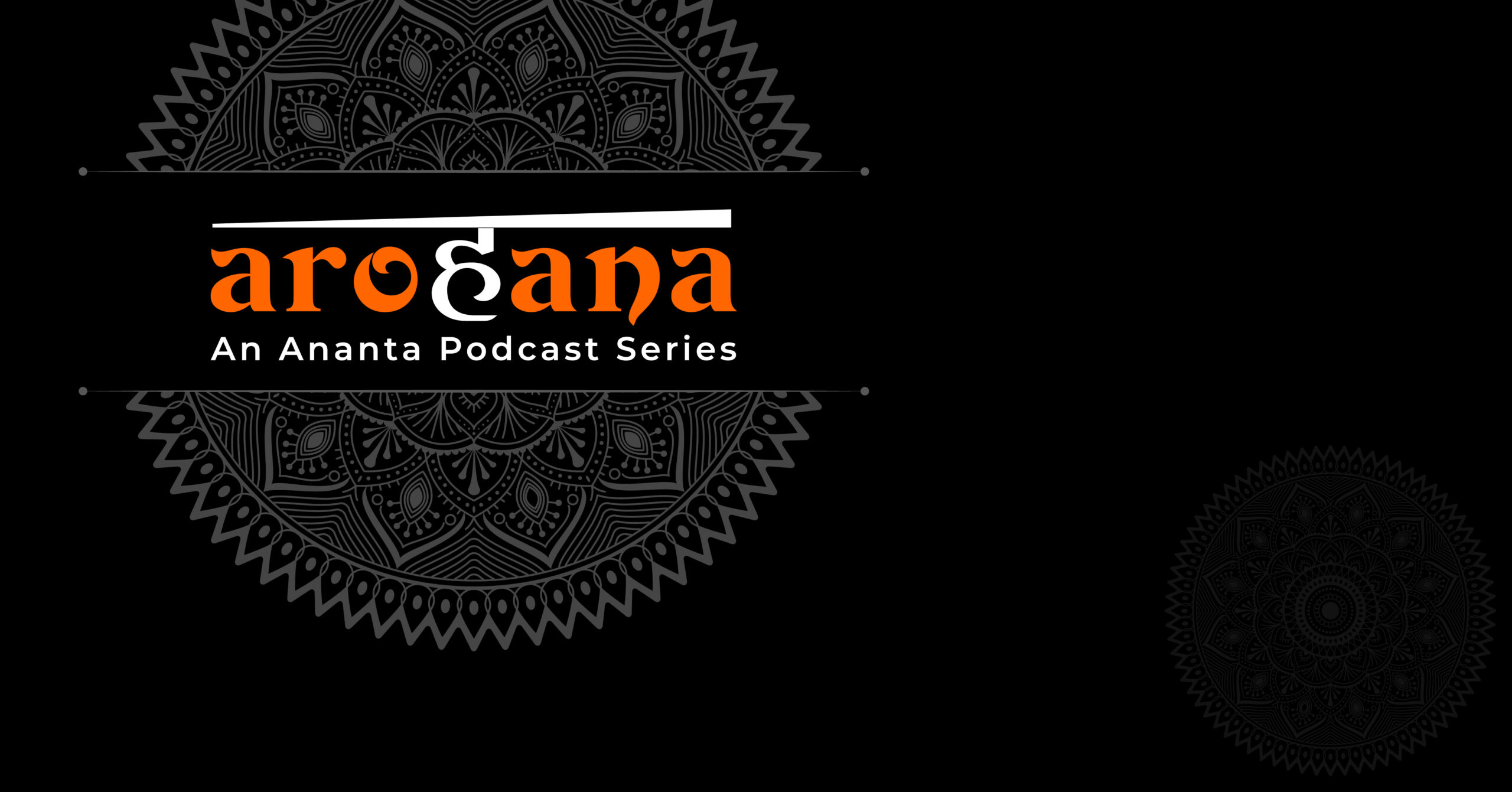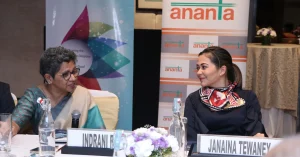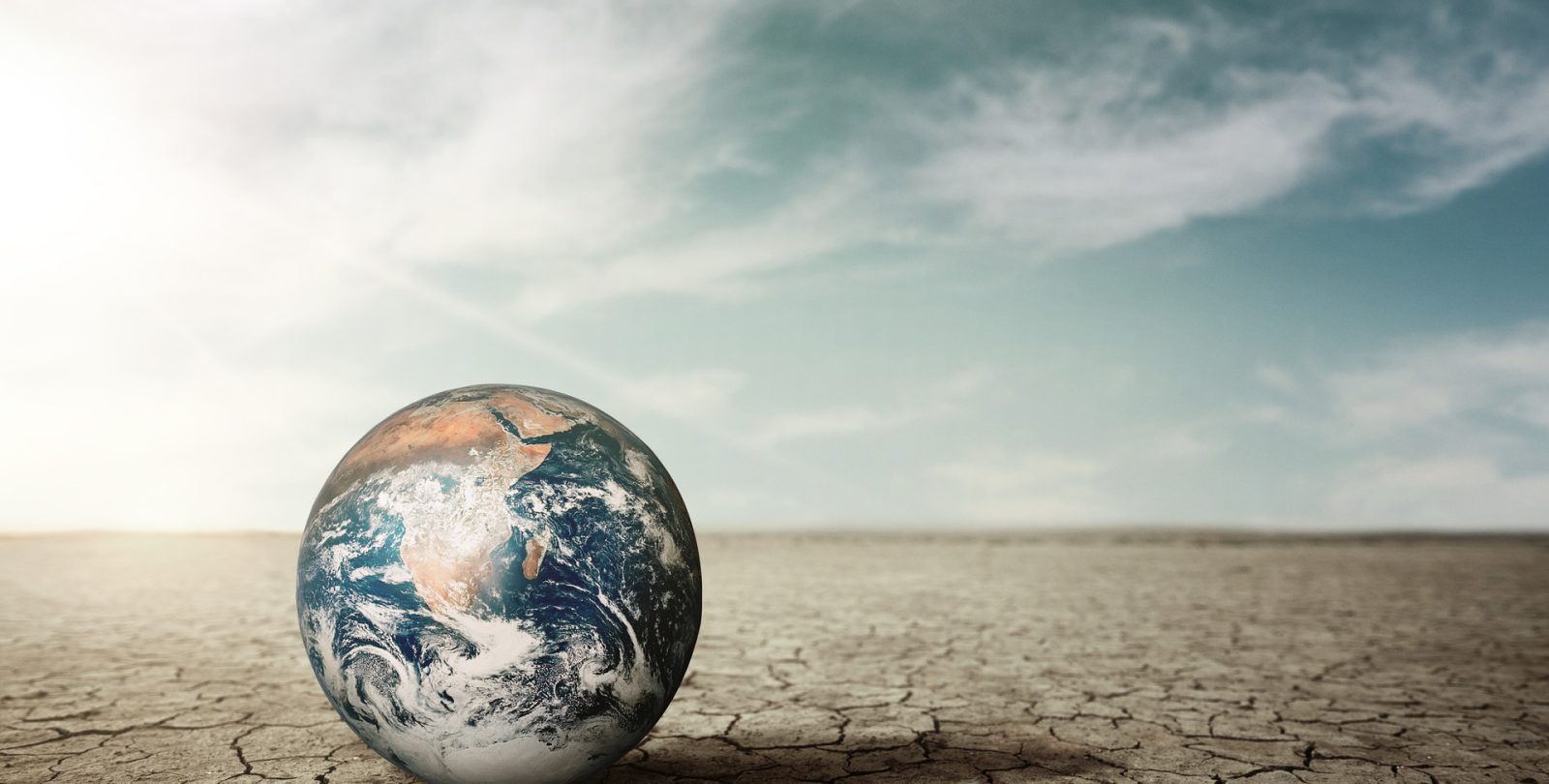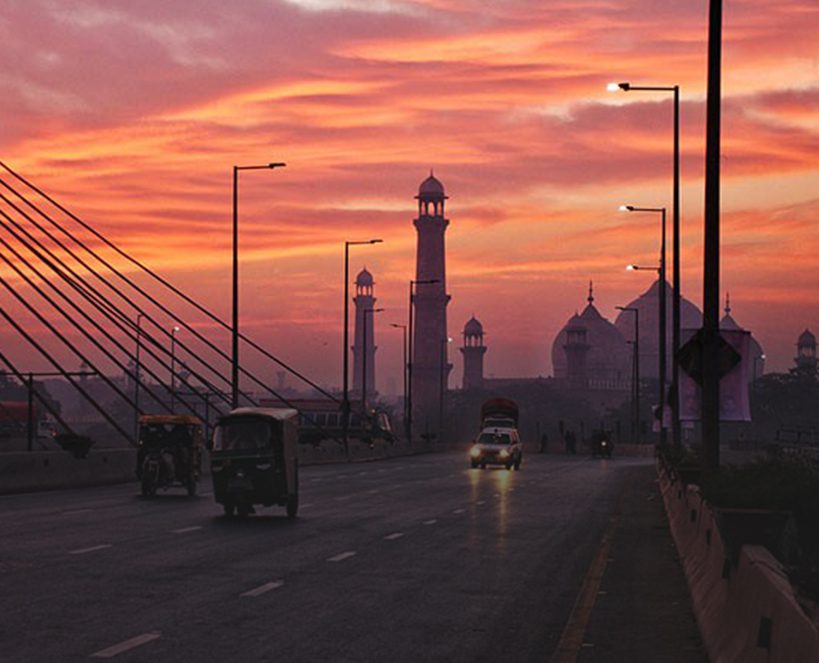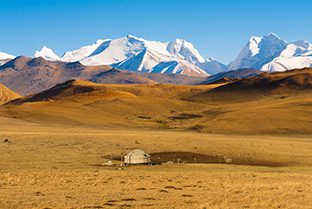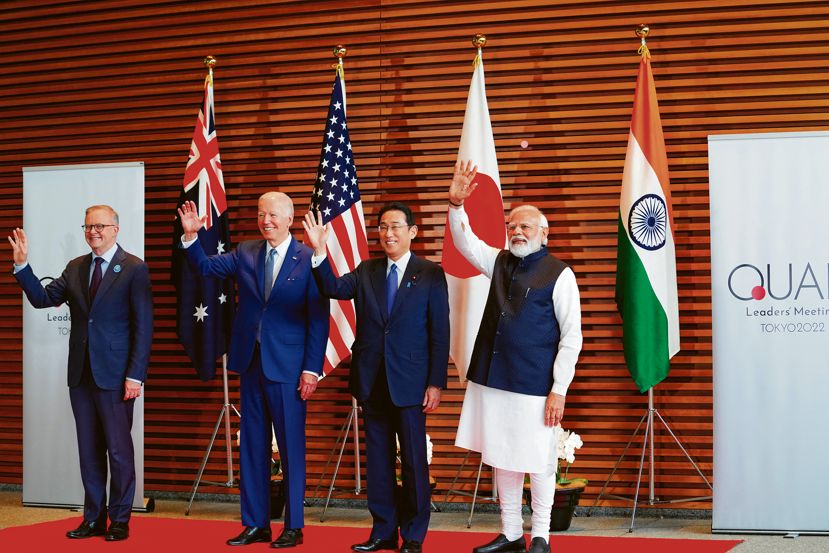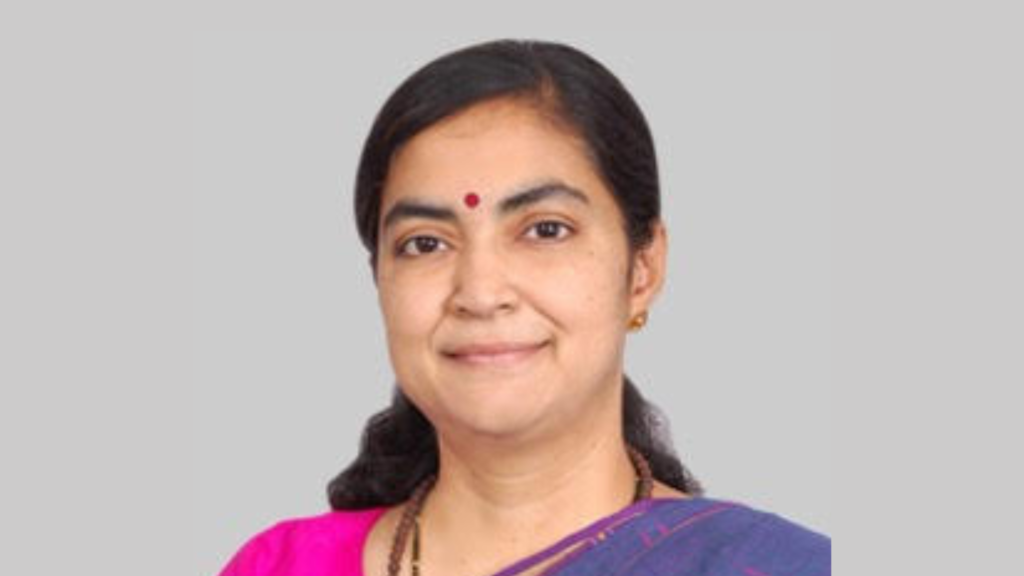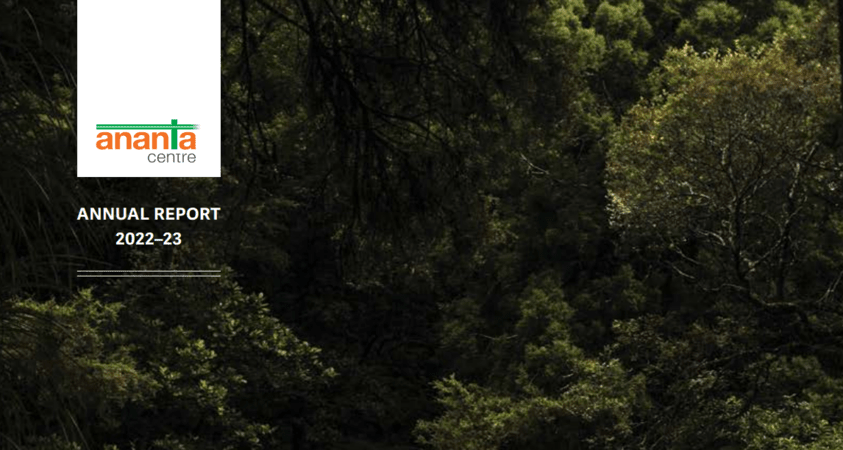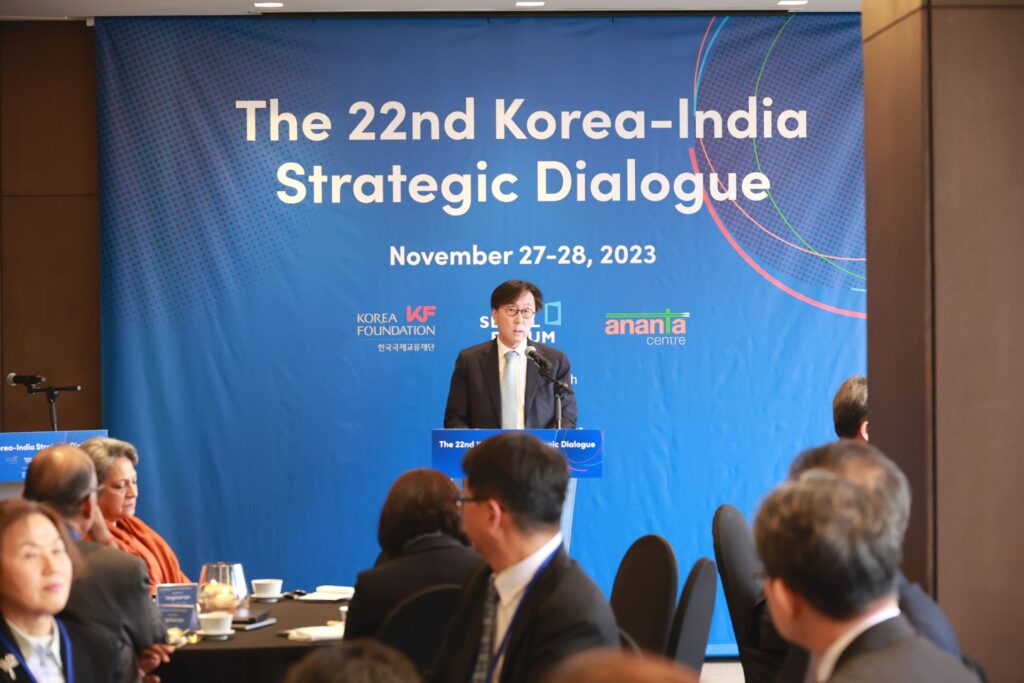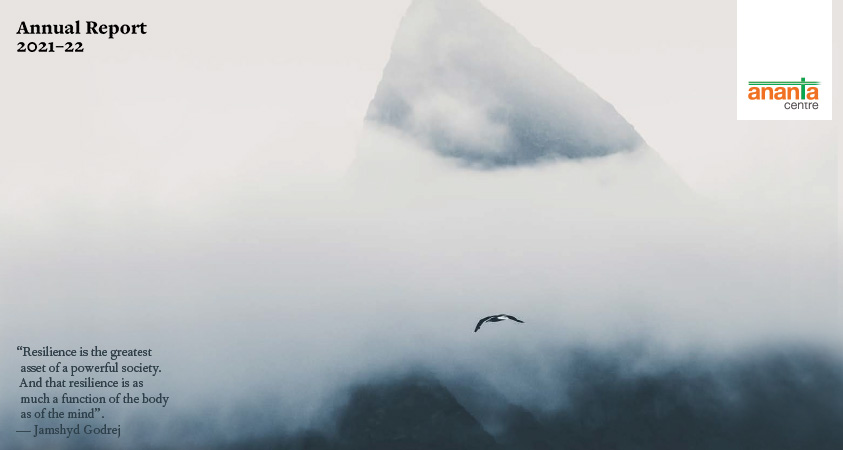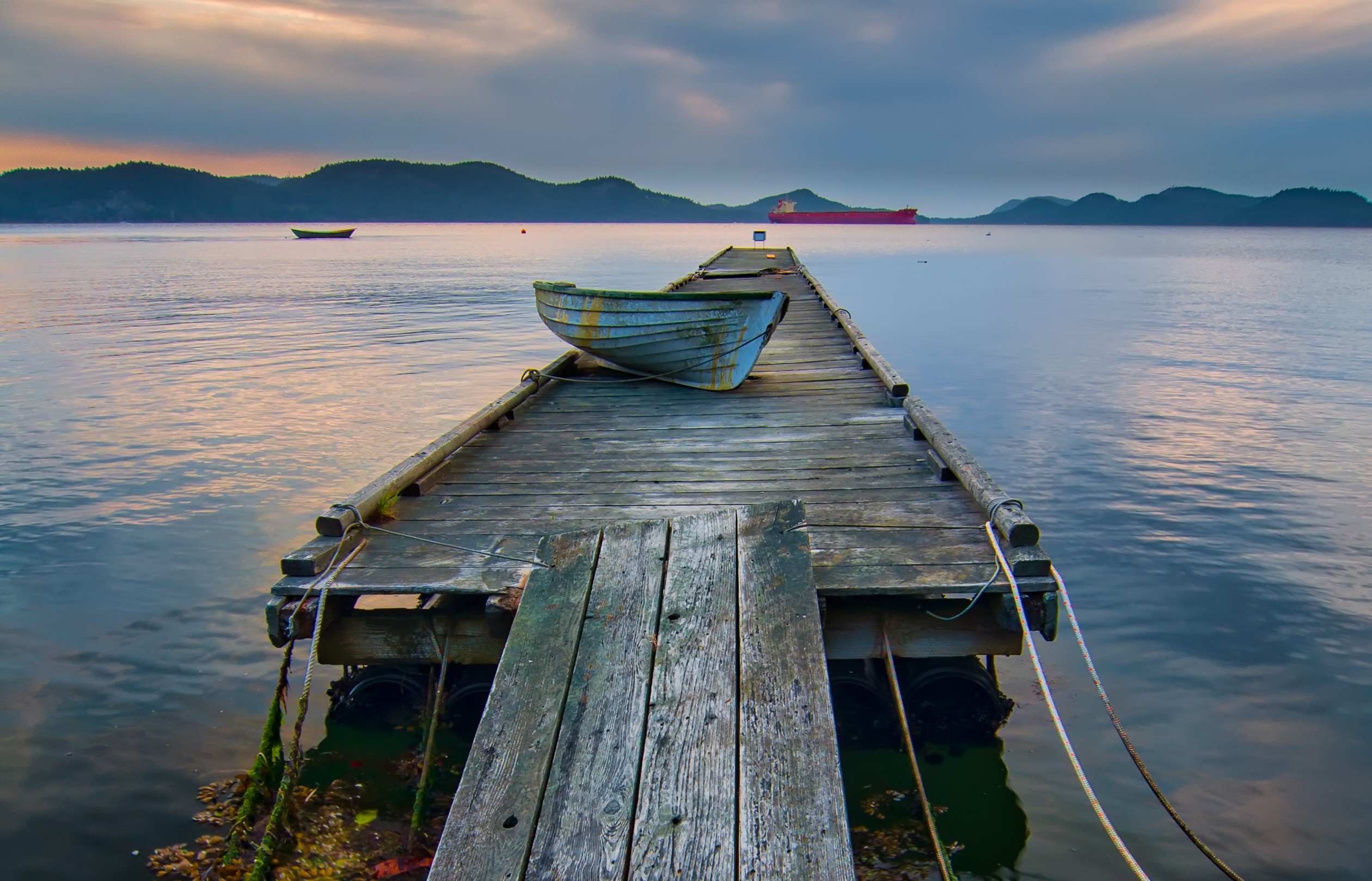Overview
Japan:
• G-20 Summit
• Japan-USA-India (JAI) interaction at Osaka
China:
• Russia-India-China (RIC) Trilateral Summit Meeting at Osaka
• BRICS Leaders Meeting at Osaka
• Hong Kong
• Next India-China Informal Summit
DPR Korea (North Korea)
• Chinese President Xi visits Pyongyang
• President Trump meets Kim Jong-un at the DMZ
The US – China Trade and Technology War
• Negotiations Resume
Developments in Japan
G-20 Summit
Prime Minister Shinzo Abe hosted the 14th G-20 Summit at Osaka on 28-29 June 2019. Although the G-20 is a gathering of countries and organizations representing the majority of the world’s GDP and should have focused on the problems of the international trading system, particularly the WTO, it was symptomatic of the times we live in that the most important meeting at Osaka was the bilateral one between President Trump and President Xi. There was a feeling of some relief when the leaders of the two largest trading nations in the world announced a slight pause in their on-going trade and technology war giving another round of negotiations a chance to sort out the differences between the two.
Environmental issues and climate change received a lot of attention, even as the United States reiterated its decision to withdraw from the Paris Agreement. The successful adoption of implementation guidelines for the Paris Agreement augurs well for a successful COP 25 in Santiago later this year.
At Japan’s insistence, public health issues received a lot of attention at the Osaka G-20 including the efficiency of global health emergency financing mechanisms, the eradication of polio, an end to epidemics such as AIDS, tuberculosis and malaria.
On India’s part, PM Modi spoke of the need to tackle corruption at a global level as also for dealing with fugitive economic offenders. India did not associate itself with the Osaka Declaration on Digital Economy due to our well known position on data localization and that such rule setting should be done within the WTO and not outside it. PM Modi also pushed the idea of a global conference on international terrorism as well as international action on disaster resilient infrastructure.
Japan-USA-India (JAI) interaction at Osaka
Following on from their previous meeting at the last G-20 Summit in Argentina, PM Abe of Japan, President Trump of the United States and PM Modi of India held a trilateral meeting on the sidelines of the G-20 Summit at Osaka on 28 June 2019. The main topic of discussion was the Indo-Pacific Region with focus on connectivity, infrastructure and maintenance of peace and security of a rules-based order. The three democracies are working together in order to ensure that the region develops into a multi-polar one which will be advantageous for the security and prosperity of all. Strong India – Japan relations are important in this framework since both Asian nations share such goals and have commenced working together on expanding cooperation in the region. Further, the optics of the trilateral meeting cannot be missed including the obvious inference that the three countries intend to work hand-in-hand. PM Modi’s bilateral meetings with both the leaders further built on the trilateral discussion.
Developments in China
Russia-India-China (RIC) Trilateral Summit Meeting at Osaka
PM Modi of India, President Putin of Russia and President Xi of China held a trilateral meeting on the sidelines of the Osaka G-20 Summit. While RIC have been meeting at the Foreign Minister level for several years now, a recent innovation has been the meeting of the leaders of the 3 countries on the sidelines of multilateral meetings. The fact that India was part of two very significant trilateral summits, one with the U.S. and Japan and the other with Russia and China exhibits our efforts at balancing between two emerging poles of the global political and economic order. Forging a policy born out of strategic autonomy suits India’s interests best in the emerging world order. Also significant is the fact that PM Modi meets with Putin and Xi, not merely in this format but also at BRICS Summits as well as at SCO Summits.
BRICS Leaders Meeting at Osaka
The leaders of the BRICS countries also held a Summit level interaction on the sidelines of the G-20 Summit at Osaka. This is a regular interaction which has been taking place for several years now. India and PM Modi pushed our agenda on tackling corruption at the international level particularly the problem of fugitive economic offenders. PM Modi also spoke at length on his idea of ‘reformed multilateralism’ namely of the importance of working within multilateral organizations but also of the need to reform them. In this context, the urgency of fixing the multilateral trading system including the WTO was stressed. Stock taking of the work of the BRICS institutions such as the New Development Bank and the Contingent Reserve Arrangement was carried out. PM Modi also asked for support for his idea of an international Coalition for Disaster Resilient Infrastructure. Thus, the groundwork has been laid for the next BRICS Summit in Brazil.
Hong Kong
The protests in Hong Kong, against the proposed extradition bill and all that it connotes, refuse to die down and have spilt over from June into July. Protest marchers reached a figure of almost 1 million people in June, which is huge by any standards. The leaders of the protest were not satisfied with the statement of HK Chief Executive that the bill is “dead” and not merely wanted a clear cut comment that it was ‘withdrawn’ but were also pressing for the resignation of Carrie Lam. On the anniversary of the handover of HK from Britain to China – 1 July – protests once again marred the official celebrations. A group of protestors even went to the extent of forcibly entering the Legislative Council (LEGCO) building. There are also news reports that increasing numbers of HK residents are seeking residency rights in Taiwan, which is an obvious exit strategy if the worst were to happen in the Special Administrative Region. Meanwhile, the mainland media has been speculating of a ‘foreign hand’ – namely the United States and the UK – in the continuing protests in HK. Be that as it may, the sheer size and scale of the protests should prove to be a wake-up call for the Chinese Communists, indicating that the One Country, Two Systems approach may not be working as well as it was visualized. A lot of the blame should fall on Beijing’s heavy handed approach to HK affairs.
Next India-China Informal Summit
News is slowly trickling out that a 2nd Informal Summit between PM Modi and President Xi Jinping is likely to take place at Varanasi in October this year. The format has proved to be useful for intense talks between the respective leaders and is obviously to be repeated. The objective of the 2nd Informal Summit will be to impart further stability to bilateral ties after they were brought back on the rails at Wuhan.
DPR Korea (North Korea)
Chinese President Xi visits Pyongyang
Chinese President Xi Jinping made a State visit to North Korea on 20-21 June 2019, the first time in 14 years that the top leader of China was visiting that nation. Ostensibly, the visit was part of the celebration of the 70th anniversary of the establishment of diplomatic relations between the countries, but it also marked a kind of rapproachment between the two. Xi was given all the protocol courtesies possible, including a 21 gun salute, a huge cultural show in the central square of Pyongyang and a visit to the mausoleum housing the embalmed bodies of North Korean leader Kim Jong-un’s father and grandfather. Coming after 4 recent visits to China by Kim this was a kind of normalization of relations between the two Communist countries, mainly on account of differences on the nuclear issue. Since this Summit took place a little before Xi’s meeting with President Trump of the United States at Osaka, it was positioned as China’s contribution to the process currently underway between North Korea and the U.S. Simultaneously, China was also exhibiting the important role it plays in any kind of international move towards North Korea. From Kim’s point of view, he has shored up his time tested relationship with his northern neighbor, while the great game is without doubt with the United States. While the second one is risky, Kim has covered his flank by entertaining Xi.
President Trump meets Kim Jong-un at the DMZ
President Trump and Chairman Kim attempted to revive discussions between their countries on 30 June by their eye-popping meeting at the Demilitarized Zone (DMZ) between the two Koreas. Trump became the first sitting US President to cross the DMZ into North Korea shaking hands with Kim and then crossing back into the South where once again the two leaders shook hands. It was their way to signal that negotiations were back on track after the failed summit between the two at Hanoi. Coming soon after the Osaka G-20 Summit, where President Xi of China apparently told Trump to lift some of the sanctions imposed on North Korea, the meeting at the DMZ was a result of the letter writing between the two leaders. Whether there can be a meeting ground between the two sides on the all important nuclear issue remains to be seen and is dependent on what diplomacy can achieve.
The US – China Trade and Technology War
Negotiations Resume
President Trump and President Xi met on the sidelines of the G-20 Summit at Osaka and announced after their discussions, the resumption of negotiations between the two countries on their trade and technology conflict. The US stated it would not levy further tariffs, as threatened, on about US $ 300 billion worth of Chinese exports to the U.S. but would also not remove any of the additional tariffs already levied. The Chinese side played up the fact that the two leaders agreed to resume negotiations on the basis of “equality and mutual respect”. President Trump announced some relaxations on Huawei involving licensing requirements for general merchandise sold by the Chinese firm which apparently has close ties to the PLA. In turn, Xi promised to buy more quantities of American farm produce. Whether the resumed negotiations can be successful depends on how much China can give to the U.S. on its demands.


